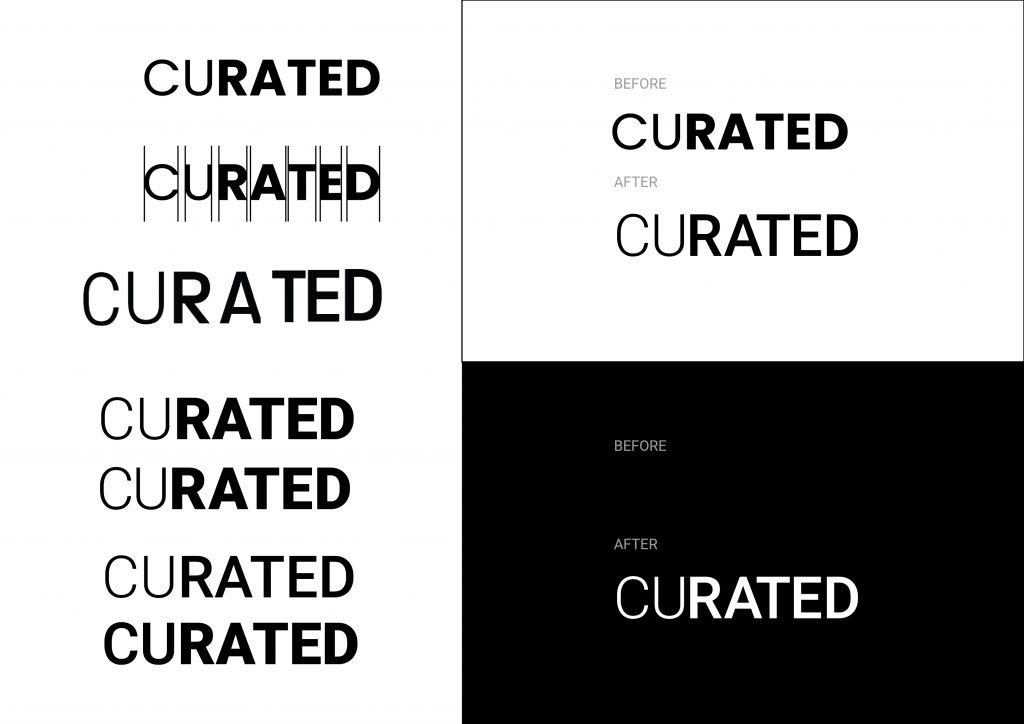This week the creative practitioners answer the following:
– How does project evaluation help you and your client/audience measure the effectiveness of your final outcome?
Torsten Posselt, FELD
Torsten thinks the best time to evaluate is at the end of a project. It presents an opportunity to learn what worked, what didn’t and more importantly, why it didn’t work. You can relax after a project has ended which gives you a chance to relook at your work with fresh eyes, potentially seeing things you hadn’t noticed before.
When presenting an evaluation, Torsten advises to talk about narratives and imagine that the audience has no technical understanding of the Graphic Design world. Anybody should be able to view the evaluation/project and understand what is being discussed.
“People should understand it, otherwise why bother doing it in the first place?”
Matthew Jones, Accept and Proceed
Matthew says that not every client wants an evaluative phase. Some want to test the solution with a live audience, measuring metrics as they go along. If they get the response they had hoped for, it will be deemed a success, if not, a failure.
However, it seems like there is a place for evaluation in every project. It doesn’t have to include the client, but can, instead, be an inward-facing look at yourself. What you have achieved and learned by taking on this brief.
Wouter Dirks, Studio Dumbar
At Studio Dumbar, evaluation happens at the end of every project with the whole team. They employ two tactics – One, where they have personal talks and two, where they use an anonymous email system through their CRM.
In addition to client feedback and evaluation, they also engage with consumers. When working with the Dutch Consumer Organisation they presented two final proposals with the brand values to see which one the consumers thought aligned with their ethics the most.
Stijn van de Ven, Eden Spiekermann
Results are not always instant so sometimes Stijn delays his evaluation to up to a year after launch. With digital products, however, results are more instantaneous, and you can evaluate in real-time and adjust.
Like many others, Eden Spiekermann has an internal evaluation regularly to learn from mistakes and to stop them from happening in the future.
Luke Veerman, Eden Spiekermann
Luke likes to look back at the original brief to see how much has changed and if the solution needs to be realigned to these goals. It also allows you to have discussions of the future and where you are heading with these proposals and to see if you are all on the same page.
Sometimes, as designers, we can get really excited about an outcome and lose our way from the original brief. It is important to take a step back and to look at the solution and brief from the eyes of the client and consumer.
Once delivered, it is also important to check in with the client to make sure that your proposal and final idea are continuing to meet the brief and achieve the metrics that had been hoped for.
Workshop Challenge
This week you will finalise your ‘Industry Set’ project and produce a presentation video to evaluate its success and gain a fresh insight.
- Finalise the design of your ‘Industry Set’ project.
- Write short notes to evaluate the success (or failure) of your Industry set project and ensure you articulate the project’s relationship to the original brief, strategy and project plan. Gather target audience and key stakeholder feedback and reflect on what worked, what didn’t work and what you would do differently.
- Engage in discussion on the Ideas Wall and add your reflective notes to your blog.
- Record a five minute video presentation to evaluate the success (or failure) of your industry set project. We want you to reflect on the different stages, from concept development to final outcome, and demonstrate how your project has evolved over the last eight weeks. Please note, we want you to evaluate your project to gain a fresh insight and not simply summarise each stage over the last eight weeks.
- Record your presentation in the format of your choice (for example, a voice recorded Keynote or Powerpoint slide presentation, video recording or podcast).
- Upload your video presentation to your blog.

Final Evaluation Presentation
Ideas Wall

References
How Designers Measure Success, Part 1 (2019) Available from:
https://uxplanet.org/how-designers-measure-success-part-i-aa1792e6903a (Links to an external site.)
How Designers Measure Success, Part 2 (2019) Available from:
https://uxplanet.org/how-designers-measure-success-part-ii-4b704c42a7c4 (Links to an external site.)





















Leave a Reply